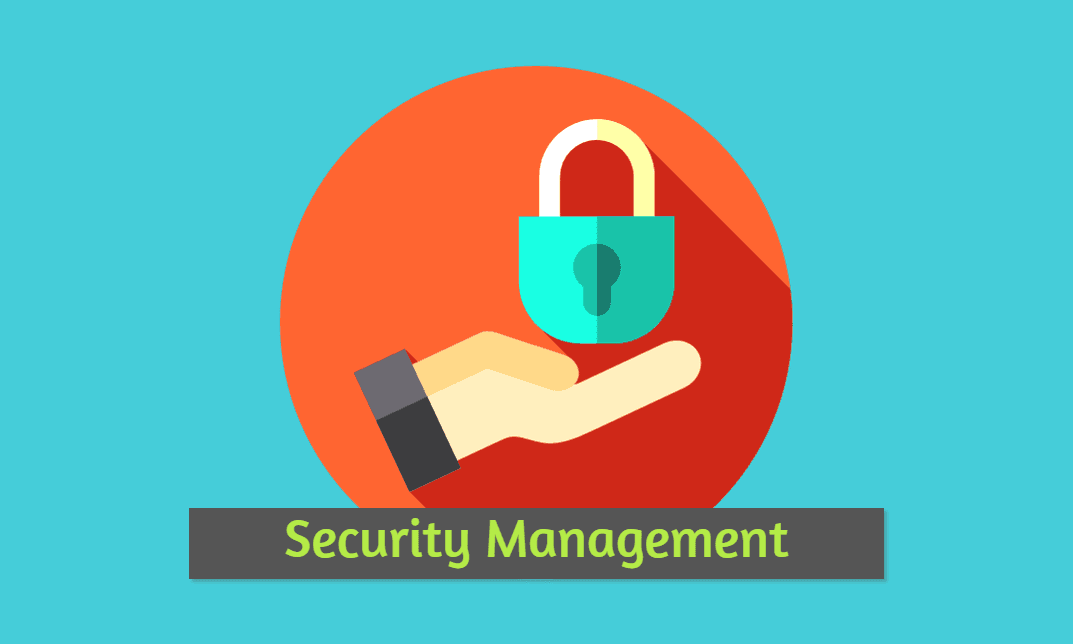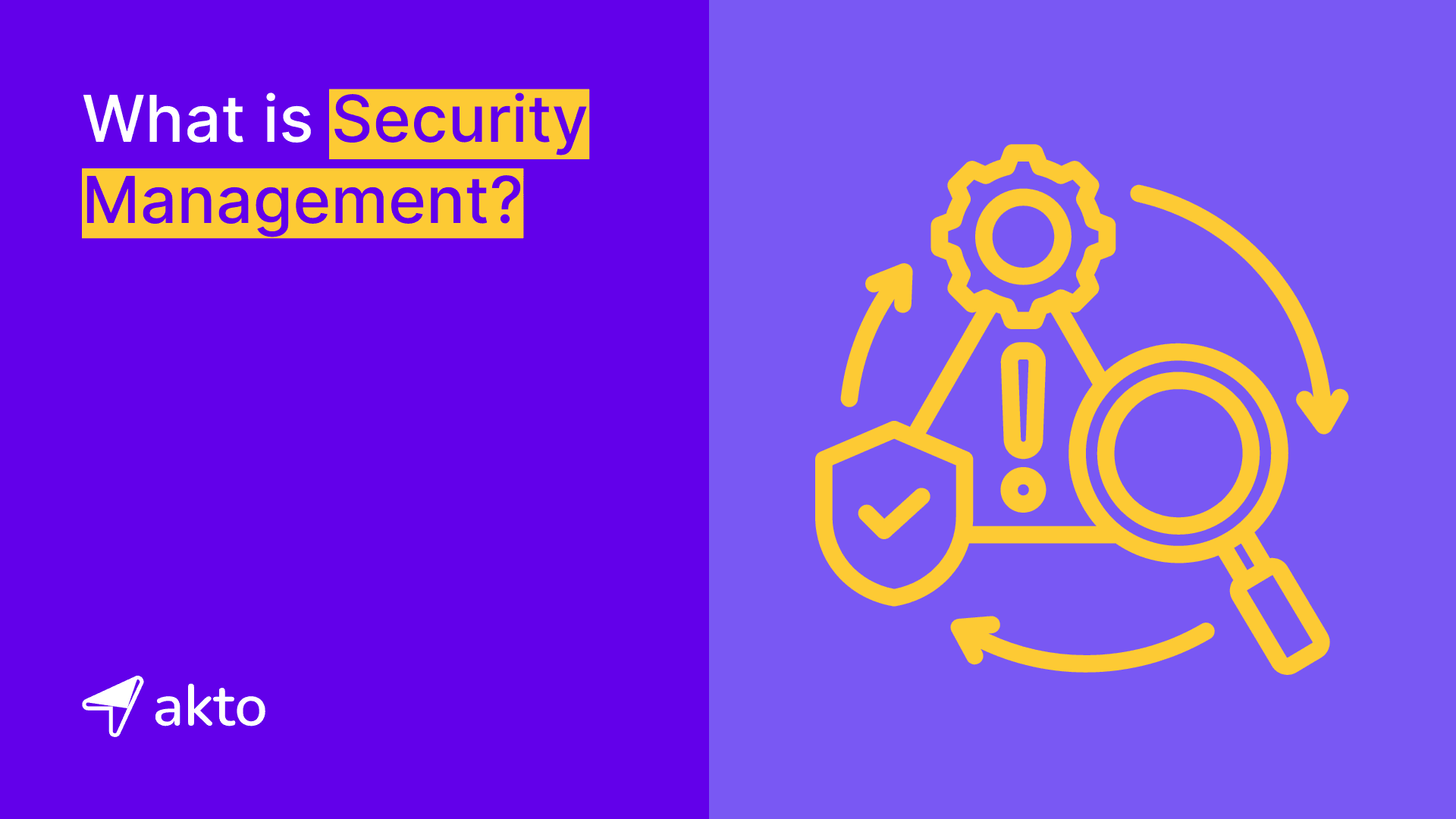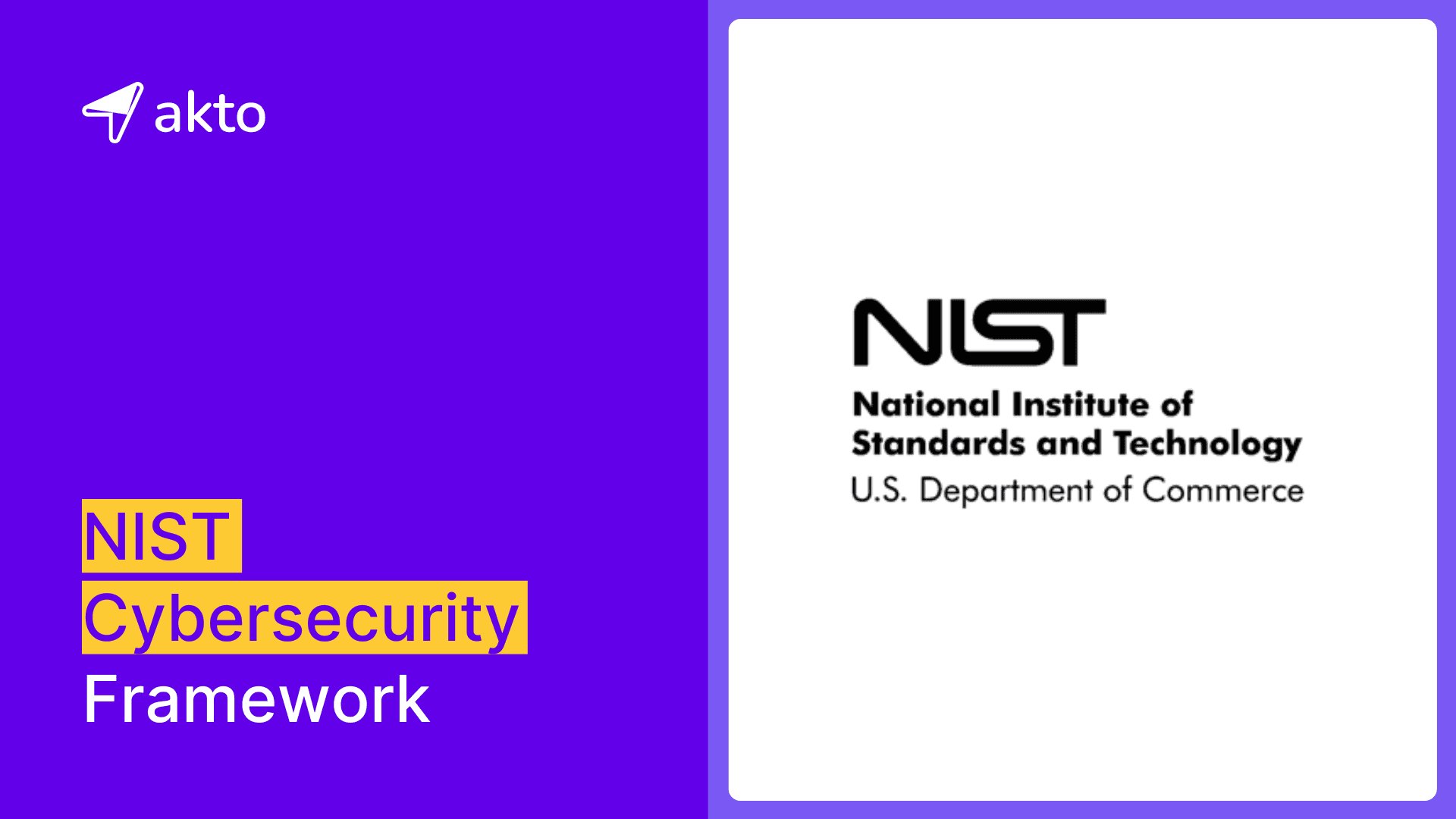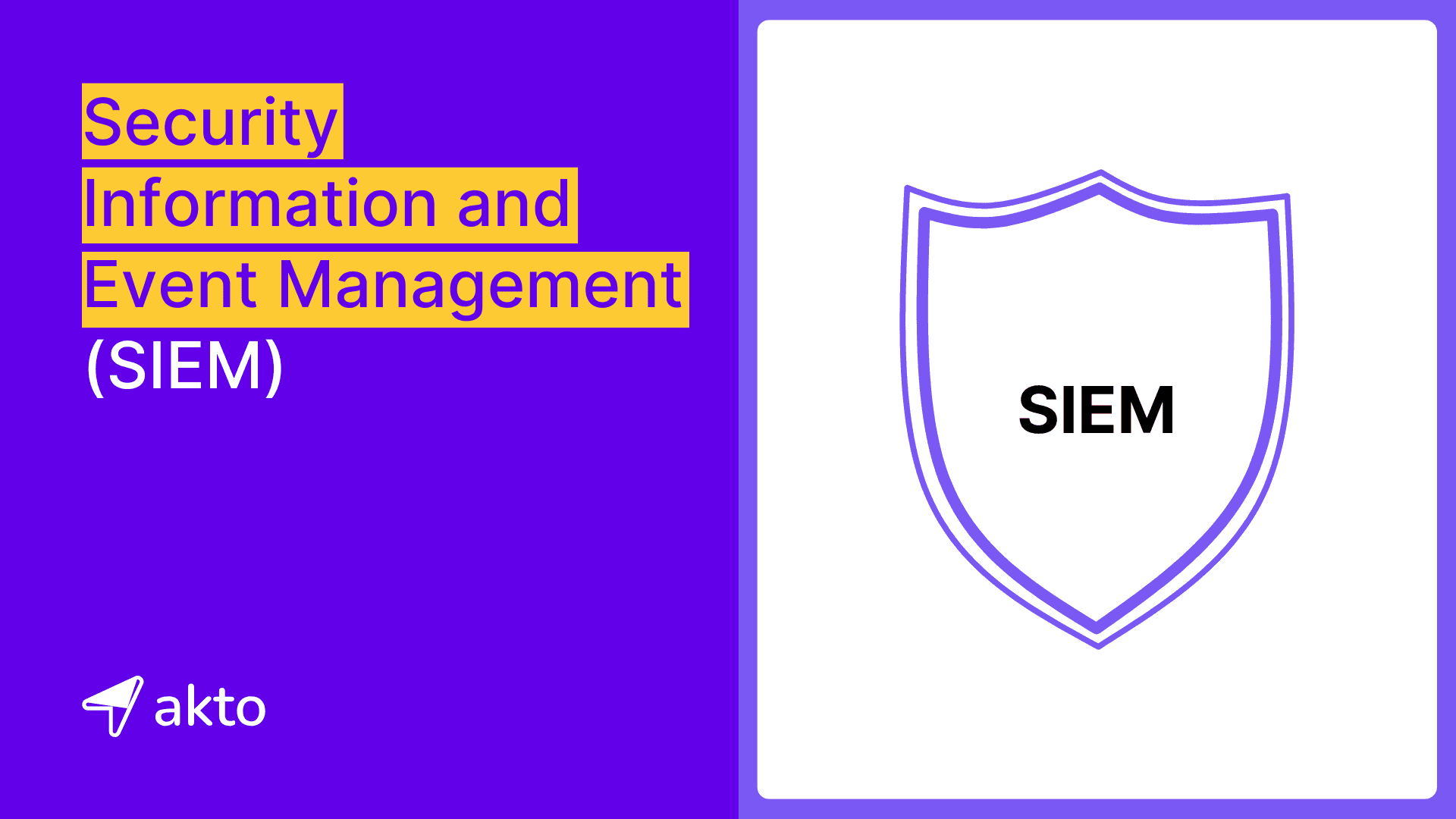What is Security Management?
Security Management is the process of protecting an organization's assets from internal, external, and cyber attacks.

Muze
Aug 28, 2024
Security management protects an organization's assets from risk, including computers, people, buildings, and other resources. This blog will explore security management and its importance, key components, how it works, various security threats, essentials of a strong security architecture, and risks of neglecting it.
Let's dive in!
What is Security Management?
Security management actively identifies and catalogs an organization's IT assets—including people, physical facilities, technology, and data—and protects them from internal and external threats, particularly cyber threats.
Through meticulous analysis, security management:
Identifies potential vulnerabilities.
Develops risk-handling strategies.
Creates procedures to address and resolve threats.

Importance of Security Management
Security management plays a vital role in safeguarding an organization's critical assets, ensuring regulatory compliance, mitigating risks, maintaining operational continuity, preserving reputation, optimizing costs, and fostering a security-conscious culture. Let's explore the key reasons that highlight its importance:
Protecting Data and Assets
Security management primarily aims to shield sensitive data and critical assets from unauthorized access, theft, or damage. It implements robust measures to thwart data breaches, cyberattacks, and physical security threats.
Ensuring Compliance
Organizations must adhere to industry-specific regulations and standards, such as HIPAA in healthcare and PCI DSS for payment card data. Security management ensures that organizations meet these compliance requirements effectively.
Mitigating Risks
Security management proactively identifies potential threats and vulnerabilities, assesses associated risks, and implements controls to mitigate them. This approach helps prevent security incidents and minimizes their impact when they occur.
Maintaining Business Continuity
Effective security management enables organizations to continue operating during security breaches, natural disasters, or other disruptive events. It includes developing and implementing incident response and disaster recovery plans.
Protecting Reputation
Security breaches can severely damage an organization's reputation, resulting in lost customer trust, negative publicity, and potential legal ramifications. Security management actively protects an organization's brand and reputation.
Optimizing Costs
While security measures require investment, the costs of a security breach, including data loss, legal fees, and regulatory fines, often far exceed preventive measures. Security management helps organizations strike a balance between security needs and cost-effectiveness.
Key Components of Security Management
Security management employs several key components to protect an organization's assets. These components include:
Risk Assessment
Organizations conduct risk assessments as the foundational step in security management. This process identifies and evaluates potential vulnerabilities and threats that could impact the organization.
Comprehensive risk assessments enable organizations to prioritize their mitigation strategies and allocate resources effectively. The process includes reviewing physical security, analyzing information security systems, and assessing external threats such as cyberattacks and natural disasters.
Security Policy Development
Organizations create security policies to outline the guidelines and procedures for protecting sensitive information and systems. Key elements of a security policy include:
Statement of Intent: Organizations describe the purpose and objectives of the security policy, outlining their commitment to safeguarding data and systems.
Scope: The policy defines the systems, networks, and assets it covers, ensuring comprehensive coverage.
Roles and Responsibilities: The policy delineates the responsibilities of individuals within the organization concerning security, ensuring that everyone understands their role in maintaining a secure environment.
Access Control
Organizations implement access control measures to ensure that only authorized individuals can access sensitive information and resources. This includes:
User Authentication: Organizations implement strong authentication methods to verify user identities.
Password Management: Organizations establish guidelines for creating and managing passwords to enhance security.
Data Classification: Organizations categorize data based on its sensitivity and implement appropriate access controls.
Incident Response Planning
Organizations develop comprehensive incident response plans to effectively manage security incidents, such as data breaches or cyberattacks. Key elements of a robust incident response plan include:
Preparation: Organizations establish and train an incident response team, acquire necessary tools, and define incident types.
Identification: The team detects and determines the nature and scope of the incident.
Containment: The team implements measures to limit the damage, such as isolating affected systems.
Eradication: The team eliminates the root cause of the incident, including removing malware or closing vulnerabilities.
Recovery: The team restores and validates system functionality, ensuring the incident is fully resolved.
Monitoring and Continuous Improvement
Organizations continuously monitor security measures to ensure their effectiveness. This includes:
Regular Audits: Organizations conduct audits to evaluate the effectiveness of security controls and identify areas for improvement.
Performance Metrics: Organizations establish metrics to measure the success of security initiatives and inform future strategies.
Feedback Loops: Organizations create mechanisms for feedback to continuously refine security policies and practices in response to emerging threats.
Types of Security Management
Security management implements multiple layers of defense across all IT assets—data, network, and everything in between, including APIs. Let's examine the types of security management in detail:
1. Information Security Management
Information Security Management ensures the confidentiality, integrity, and availability of an organization's information assets. It implements cybersecurity measures, data encryption, and access controls to protect against unauthorized access and data breaches. ISM safeguards sensitive data from cyber threats and ensures compliance with industry regulations.
For example, healthcare organizations in North America comply with HIPAA to protect patient data, while businesses handling credit card info adhere to PCI DSS standards. All employees follow a set of rules, regardless of their role.
2. Network Security Management
Network Security Management safeguards an organization's network infrastructure from unauthorized access, cyber threats, and potential breaches. It strategically deploys and continuously manages security measures such as firewalls, intrusion detection and prevention systems (IDPS), and advanced network monitoring tools.
These technologies create a robust defense against external attacks, internal threats, and unauthorized activities. Network Security Management monitors network traffic, detects anomalies, and responds to potential threats in real-time, ensuring the protection of sensitive data, the preservation of network integrity, and the continuity of business operations.
3. Identity & Access Management (IAM)
IAM plays a critical role in an organization's security strategy, ensuring that only authorized individuals access specific information, applications, and systems. It manages and secures user identities, enforces authentication protocols, and defines authorization levels across the organization. IAM creates and manages digital identities for all users, including employees, contractors, and partners, and assigns appropriate access rights based on their roles and responsibilities.
The IAM system regulates who can access what resources and under what conditions, preventing unauthorized individuals from gaining access to sensitive data or critical systems.
For example, it may require multi-factor authentication (MFA) for accessing high-security areas, while role-based access control (RBAC) ensures that users can only access the information necessary for their job functions.
4. API Security Management
API security management implements practices and procedures to protect APIs from misuse, attacks, and data breaches. Since APIs often handle sensitive information and serve as gateways to critical functionalities, organizations must establish a robust security framework.
Application security engineers secure these gateways by implementing measures like strong authentication, encryption, and regular vulnerability scanning. For example, some organizations use OAuth for authentication to ensure that only authorized users can access their APIs, protecting against unauthorized data exposure.
How Does Security Management Work?
Security management, a vital aspect of organizational resilience, encompasses assessment, policy development, training, implementation, incident response, and continuous improvement.
1. Assessment
The first phase of security management involves thoroughly assessing the organization's assets, including people, technology, facilities, and data. This process includes:
Asset Identification: Organizations catalog all IT assets and physical resources to understand what needs protection.
Risk Assessment: Organizations evaluate potential threats and vulnerabilities that could impact these assets. This includes identifying both internal and external risks, such as cyber threats, physical breaches, and natural disasters.
Compliance Requirements: Organizations understand relevant regulations and standards (e.g., HIPAA) that they must adhere to, which helps shape the security policies.
2. Policy Development
Once the assessment is complete, organizations develop security policies and procedures based on the identified risks and compliance requirements. This includes:
Creating Security Policies: Organizations develop formal documentation that outlines their security objectives, roles, and responsibilities.
Establishing Protocols: Organizations define procedures for data access, incident response, and employee training to ensure everyone understands their role in maintaining security.
3. Awareness and Training
Organizations achieve the most effective security management when every member understands their role in protecting assets. This phase implements a comprehensive awareness and training program that reaches all employees, contractors, and relevant stakeholders, extending beyond the IT department.
Key components of this phase include:
Security Awareness Campaigns: Organizations design regular campaigns to inform and remind employees about the importance of security. These campaigns may include emails, posters, and even gamified experiences that highlight best practices and potential threats.
Phishing Simulations: Organizations conduct simulated phishing attacks to train employees to recognize and avoid malicious emails. They use the results of these simulations to tailor further training to those who may need additional education.
Role-Based Training: Organizations provide specialized training for different roles within the organization. For example, IT staff might receive advanced training on threat detection and incident response, while HR might focus on data privacy regulations.
4. Implementation
In this phase, organizations put the developed policies and procedures into action. Key activities include:
Deploying Security Measures: Organizations implement technical controls such as firewalls, intrusion detection systems, and access controls to protect their assets.
Monitoring and Maintenance: Organizations continuously monitor security systems for unusual activities and maintain security measures to ensure they remain effective against evolving threats.
5. Continuous Improvement
Security management is an ongoing process that requires regular reviews and updates. This involves:
Regular Audits and Assessments: Organizations conduct periodic audits to evaluate security measures' effectiveness and identify improvement areas.
Adaptation to New Threats: Organizations stay informed about emerging threats and adjust security strategies to address new vulnerabilities.
Feedback Mechanisms: Organizations implement systems for feedback from employees and security teams to refine policies and practices continuously.
Essentials of a Strong Security Architecture
Modern security solutions and best practices combine to create a robust defense, protecting critical data and systems' integrity, confidentiality, and availability. Let's examine the key components that form the foundation of an effective security framework.
1. Confidentiality, Integrity, and Availability (CIA Triad)
The CIA triad forms the cornerstone of security architecture:
Confidentiality: Organizations use encryption, access controls, and secure communication channels to ensure only authorized individuals can access sensitive information.
Integrity: Organizations employ data validation, checksums, and digital signatures to guarantee data remains accurate and unaltered throughout its lifecycle.
Availability: Organizations implement redundancy, fault tolerance, and disaster recovery plans to ensure systems and resources remain accessible when needed.
2. Intrusion Prevention Systems (IPS)
Intrusion Prevention Systems (IPS) detect and block malicious activities within a network. An IPS actively monitors network traffic in real-time, identifying suspicious patterns and behaviors that may indicate an attack.
When it detects a threat, the IPS takes immediate action, such as dropping harmful packets, blocking traffic from suspicious IP addresses, or alerting security personnel. By preventing threats before they penetrate deeper into the network, an IPS serves as a critical first line of defense against a wide array of cyber threats, including zero-day exploits and advanced persistent threats (APTs).
3. Network Segmentation
Organizations implement network segmentation as a proactive security strategy by dividing larger networks into smaller, isolated segments or subnetworks. They ensure each segment operates independently, with controlled access between them.
This approach effectively limits the spread of cyberattacks. If attackers breach one segment, segmentation confines them to that area, preventing easy lateral movement across the entire network.
4. Access Control Mechanisms
Organizations implement effective access control to protect sensitive data. This includes:
Authentication: Organizations verify user identities through strong passwords, multi-factor authentication (MFA), and biometrics.
Authorization: Organizations define user permissions and access levels based on roles and responsibilities.
Least Privilege Principle: Organizations ensure users have only the access necessary to perform their job functions, minimizing unauthorized access risks.
5. Encryption for Data in Transit
Encryption for data in transit ensures that information sent across networks remains confidential and tamper-proof. As data moves from one point to another, unauthorized parties may intercept it. Encryption addresses this risk by converting the data into a coded format that only authorized parties with the appropriate decryption keys can decipher.
This protects sensitive information like financial transactions, personal details, and intellectual property from eavesdropping. It also ensures that malicious actors cannot use any intercepted data without the corresponding keys thereby preserving its integrity and confidentiality.
6. SSL/TLS Protocols
SSL and TLS protocols establish secure communication channels over the internet. These protocols encrypt data, ensure its integrity, and authenticate parties, keeping information exchanged between web servers and clients private and unaltered.
SSL/TLS protects online activities such as e-commerce transactions, email communications, and exchanges of personal or financial information. By preventing unauthorized interception or modification of data in transit, SSL/TLS maintains the trust and security of online interactions.
Risks of Neglecting Security Management
Failing to safeguard the entire organization's IT infrastructure can lead to expensive and disastrous outcomes. Cyber attackers and other threats can easily breach the organization's network, damaging, stealing, and destroying data and assets.
Increased Vulnerability to Threats
Organizations that fail to maintain robust security systems expose themselves to various threats, including unauthorized access, data breaches, and cyberattacks. Outdated software or malfunctioning security systems create significant security gaps, allowing attackers to easily exploit vulnerabilities. In healthcare settings, for example, poorly maintained surveillance systems leave facilities open to theft or violence, jeopardizing the safety of patients and staff.
Data Breaches and Financial Losses
Ignoring IT risk management often results in severe data breaches, which can devastate an organization financially. High-profile incidents, such as the Equifax breach in 2017, stemmed from unaddressed vulnerabilities and exposed the sensitive information of millions. Such breaches not only incur immediate costs for remediation and legal fees but also lead to long-term financial repercussions, including fines and loss of business due to reputational damage.
Operational Inefficiencies
Poor maintenance of security systems creates operational inefficiencies and disrupts essential services and workflows. For instance, malfunctioning access control systems impede the smooth flow of personnel and resources and affect productivity and patient care in healthcare settings. Additionally, frequent repairs and system downtimes divert resources from core operations and impact overall efficiency.
Negative Impact on Reputation and Trust
A lack of attention to security management severely damages an organization's reputation. Customers and stakeholders lose trust when an organization fails to protect sensitive information or maintain a secure environment. For example, when educational institutions neglect their security systems, parents and students may become skeptical of their commitment to safety, potentially affecting enrollment and community support.
Final Thoughts
Security management protects an organization's assets, including IT infrastructure, data, and personnel, from various threats. Organizations build a robust security framework that minimizes vulnerabilities and ensures compliance by implementing key components such as risk assessment, access control, and incident response planning. Neglecting security management can result in severe consequences, including data breaches, financial loss, and reputational damage.
Akto transforms API security by offering real-time API discovery, over 150 built-in vulnerability tests, and seamless CI/CD integration, ensuring secure and efficient releases. Top experts support Akto, helping organizations continuously enhance their security strategy. Organizations can deploy Akto in under a minute or book a demo to start protecting their digital assets.
Important Links
Keep reading
API Security
8 minutes
NIST Cybersecurity Framework
The NIST Cybersecurity framework provides organizations with a set of standards, guidelines, and practices to develop strong cybersecurity practices for managing cybersecurity risks effectively.
API Security
7 minutes
API Security Audit
An API Security Audit evaluates APIs, identifies potential risks, and strengthens the organization's defenses against security breaches and cyber-attacks.
API Security
8 minutes
Security Information and Event Management (SIEM)
SIEM aggregates and analyzes security data across an organization to detect, monitor, and respond to potential threats in real time.
Experience enterprise-grade API Security solution



